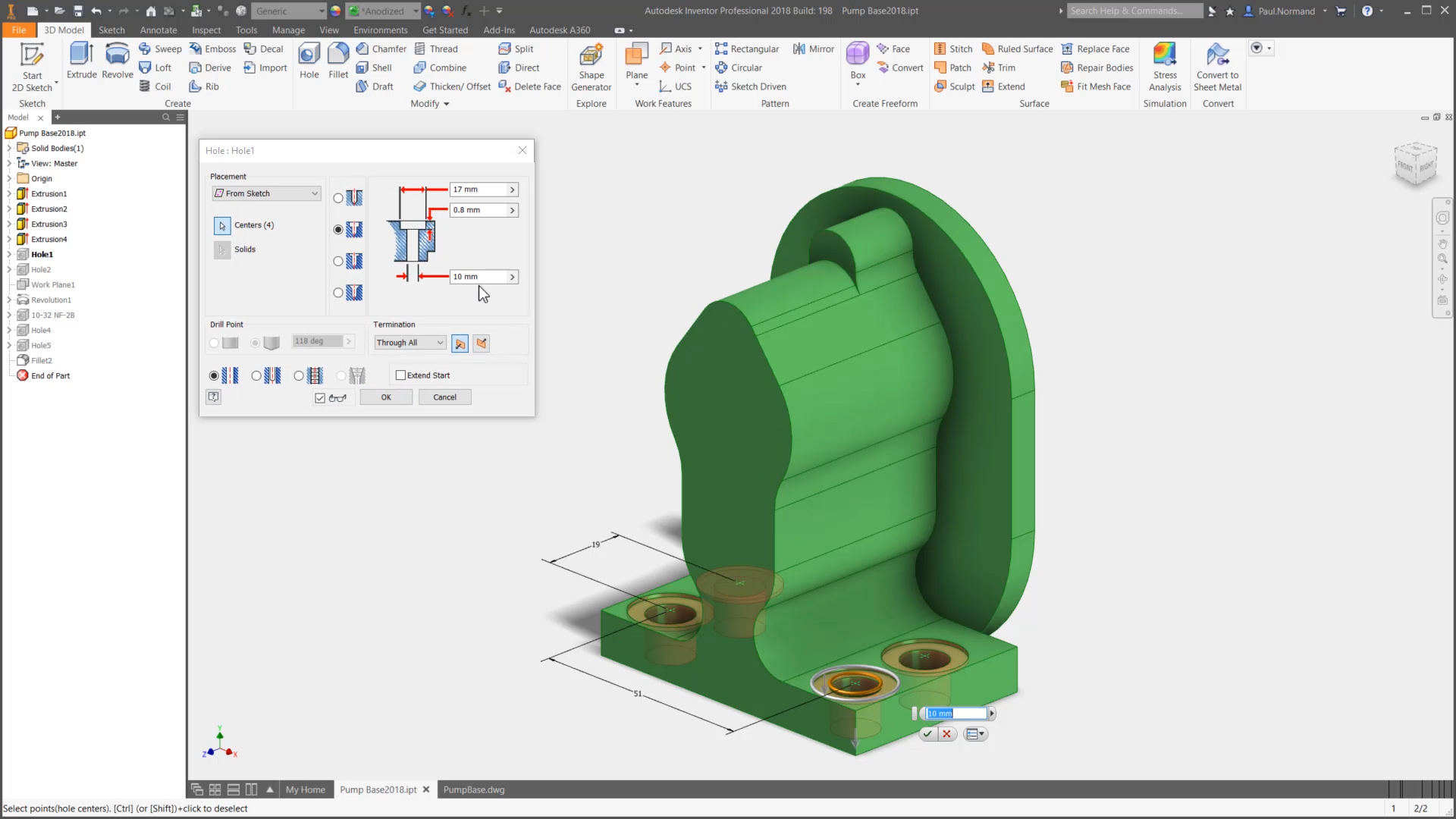

We’ve seen a steady rise in iLogic usage over the years and are accordingly investing in some top-requested enhancements. It’s great for showing tolerance annotations that reference multiple faces.Īutomation is a hot topic these days, with many accounts looking to streamline design work and cut out repetitive tasks. If you’re starting to use Model Based Definition, be sure to grab this Update.įor those using Inventor’s Model Based Definition capabilities, exported 3D PDF files now support associative face highlighting. There are a few other MBD enhancements elsewhere, with additional tolerance symbols (all around symbol for Feature Control Frames) and hooking up face highlighting in 3D PDF. It’s quite a nice integration and will be great for those who rely heavily on DWF format today. In Inventor 2018.2, MBD information is now also written into DWF format and is viewable in Autodesk Design Review. Early adopters were keen to export this data into both STEP AP 242 formats and 3D PDF, so those capabilities were included from the start. Model Based Definition (AKA 3D Annotations, GD&T, PMI, etc, etc) was rolled out with Inventor 2018. Inventor 2018.2 includes a preview that enables you to reference Fusion 360 models into Inventor. For more on An圜AD for Fusion, check out >

The idea is to allow you to use the power of Inventor (with capabilities like large assembly design, machinery design, routed systems, documentation, automation, and more) with the strengths of Fusion (conceptual design, industrial design, collaboration) on a project. If the Fusion 360 model ever changes, the updates can be automatically accounted for inside Inventor. Now those models created in Fusion 360 can be referenced into Inventor assemblies for system integration, documentation, or detailed design.


Today, Fusion 360 is great for conceptual design, industrial design, and lots more. The Inventor 2018.2 Update includes a Preview that will let you bring Fusion 360 models into Inventor. We’re now looking to extend it so you can use the best of Inventor with the best of Fusion. It’s been expanded over the past few years and now works on many kinds of data, whether 2D or 3D, from Autodesk or non-Autodesk products, or in current or future formats. Since version 2016, Inventor’s “An圜AD” capability has helped bring together design data in a connected way. The online help covers details but for some quick highlights on what’s included in Inventor 2018.2, read on. Autodesk University 2017 kicks off this week, and to celebrate we’re releasing another update! It’s the third straight November with some new Inventor goodness rolling out.


 0 kommentar(er)
0 kommentar(er)
